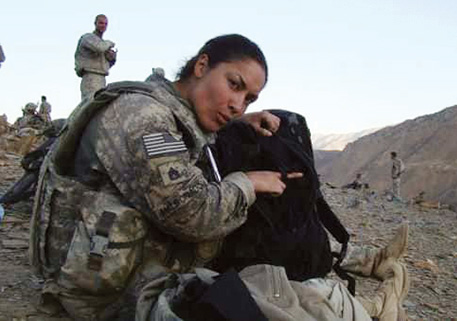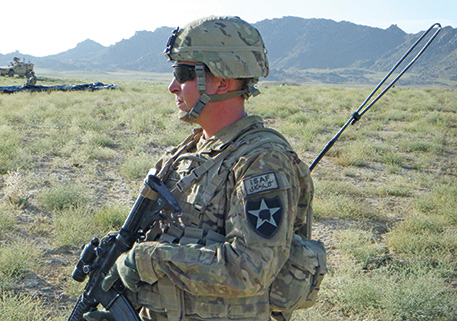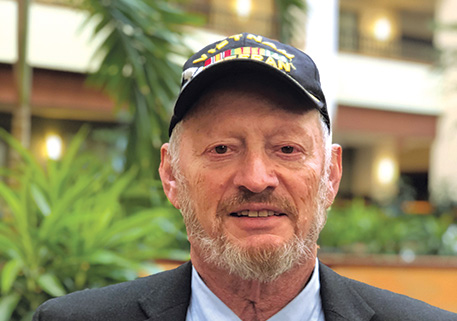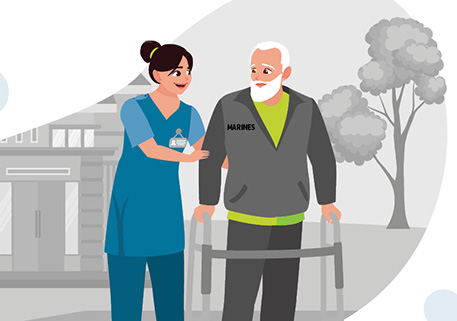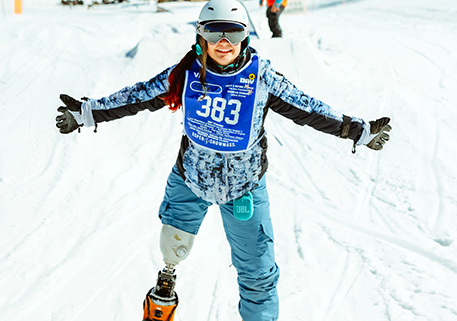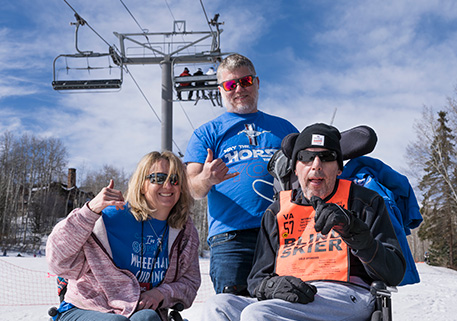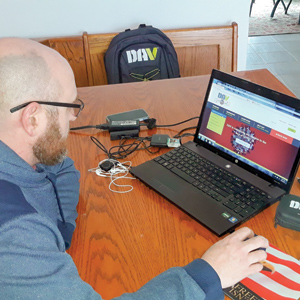 DAV responds with force as nation grinds to a halt
DAV responds with force as nation grinds to a halt
Veterans are no strangers to the concept of adaptability. “Semper Gumby,” as the saying goes. But that unofficial military motto has, perhaps, not been as widely tested in recent memory as during the nationwide response to the COVID-19 outbreak.
DAV’s primary model of service has always been built around face-to-face interactions with veterans and their families, whether it helps with claims, transportation to medical appointments or assistance navigating the job market. But to help curb the spread of the virus, DAV leaders had to go back to the drawing board to mitigate disruption of its programs as the nation began to see closures of all non-essential operations.
Although DAV’s national and transition service offices closed in late March, veterans, transitioning service members, families and survivors were still in need of benefits assistance—perhaps even more so in the face of a pandemic.
“Our work can’t stop because of this virus,” said National Service Director Jim Marszalek. “We had to get creative. We can still submit claims electronically. We can still conduct interviews with veterans. This is completely new; we’ve never done anything like it before, but I’m confident in our ability to continue serving veterans.”
Veterans in need of assistance can visit benefitsquestions.org to get in touch with service officers via email, and the National Service Department is working on other solutions to help stay connected with claimants.
“We’re still very much on the job,” said Marszalek. “We’re as active as we possibly can be. The foot is on the throttle.”
And while distancing measures to combat the spread of COVID-19 also closed down the venues for many of DAV’s upcoming job fairs, the virtual job fair platform is helping to keep veterans connected to employers seeking their skill sets.
Since DAV already hosts a number of virtual job fairs, there was a ready-built solution to maintain operations. The first national virtual job fair after the program moved online was the most heavily attended online event ever.
Even across local chapters and departments, DAV members are finding ways to help their fellow veterans in their time of need. While the DAV Transportation Network in Oklahoma was suspended due to the outbreak, department leaders worked to ensure volunteer drivers conducted essential VA protocol training so they will be ready and able to begin safely transporting veterans again once the program reopens.
And as gatherings of more than 10 people had been nixed, Chapter 10 in Fairfax, Va., swapped out its monthly chapter meeting for an online information session.
“It’s very important to still be able to reach out to our members,” said Chapter 10 Commander Tom Wendel. “And I think that’s something we’re going to have to look at in the future, because many of our members don’t have a lot of people in their house, and they’re going to be isolated during this time. For them to have the opportunity to talk to somebody is going to be very helpful for them.”
The chapter’s online session appealed to not only regular meeting attendees but also several members who had never attended an in-person chapter meeting before.
“These are challenges that none of us would have foreseen,” said National Adjutant Marc Burgess. “Once we get down the road, I think we will be able to look back and be proud of how our staff responded to this unprecedented situation. I can’t say enough how proud I am of all our staff and our members for their ingenuity and continued dedication to those we serve in really uncertain times.”
For more information regarding COVID-19, visit dav.org/covid.

